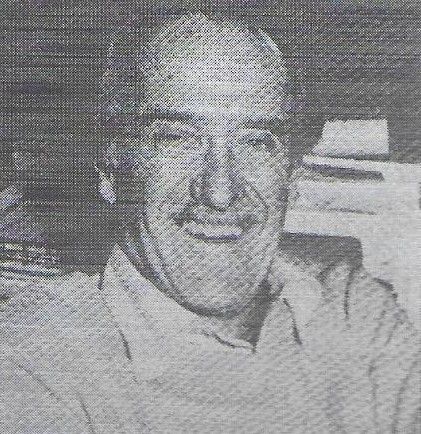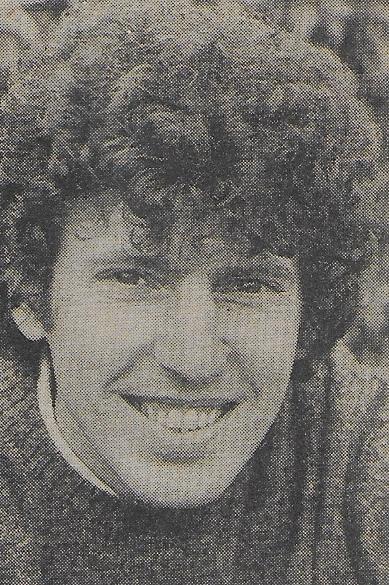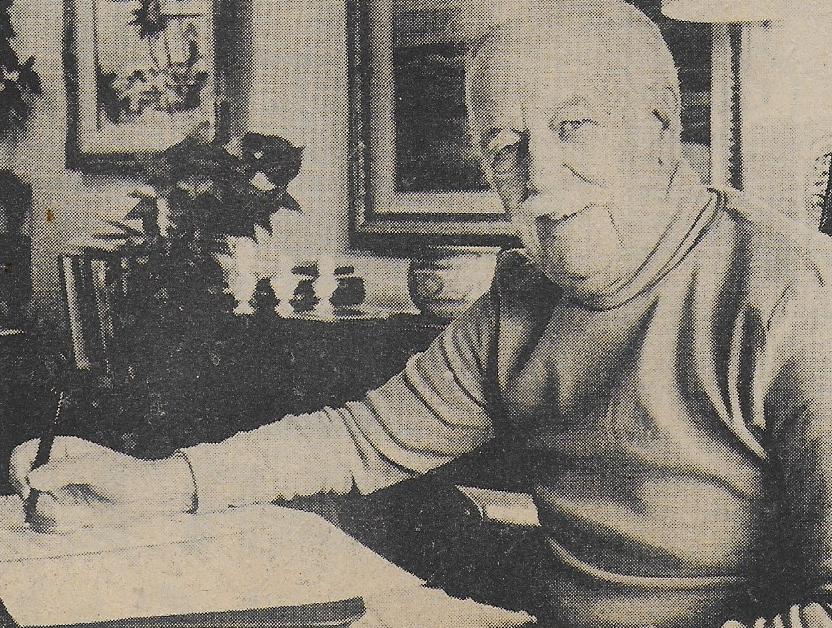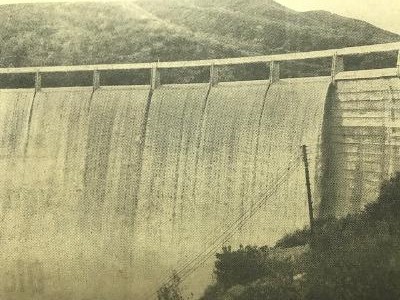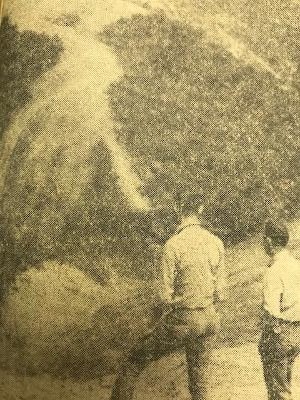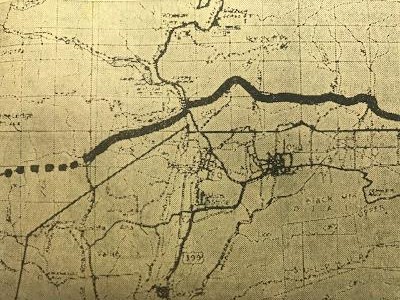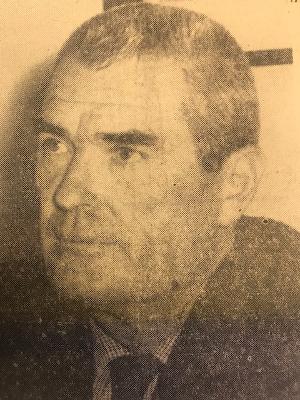The following article was first run in the Sunday, February 12, 1978 edition of “The OJAI VALLEY NEWS” on the front page. It is reprinted here with their permission.
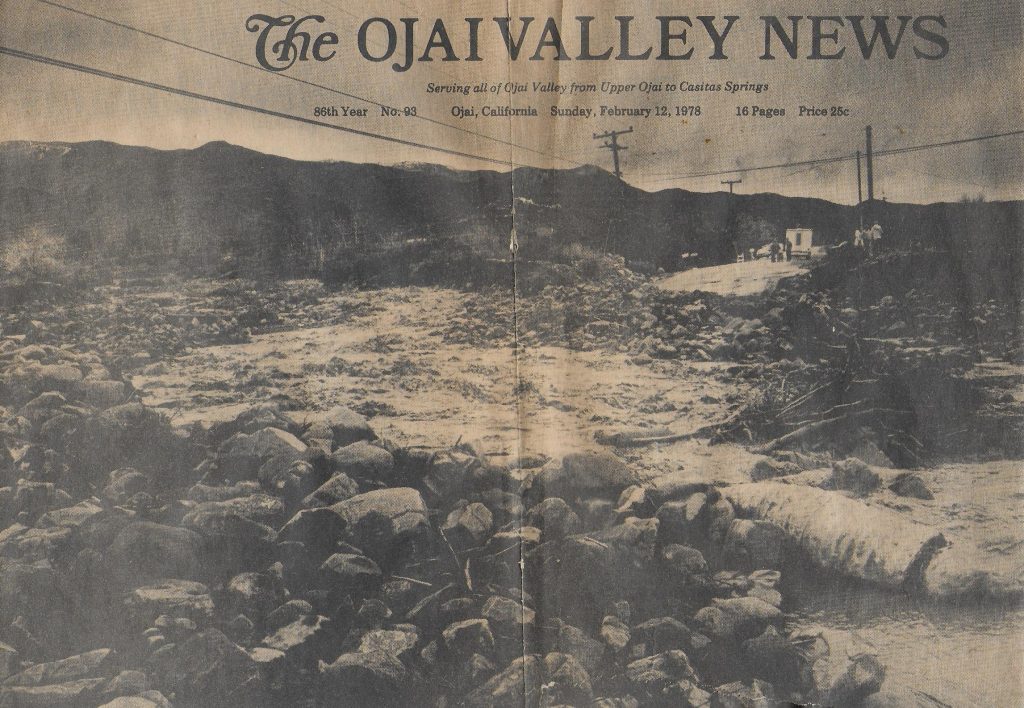
Rampaging storm damages valley
— Wind, flooding rampant —
by
Polly Bee
Ojai Valley geared for a possible repeat of the devastating floods of 1969 after a storm roared through Thursday night, dumping nearly nine inches of water in 24 hours and leaving a wake of destruction.
Undersheriff John Gillespie, as Disaster Services Chairman, declared a state of emergency Friday morning, and supervisors called an emergency session for Monday, Feb. 13 to assess damage. If destruction is as severe as it appeared Friday noon, the county could be declared a disaster area to make it eligible for state and federal assistance.
AT PRESS TIME the rampaging Ventura River, San Antonio, Lion, Matilija, and Thacher Creeks still threatened homes and property. The valley’s water supply was cut off near Casitas Springs, electricity was still out to many homes, a gas main, bridge, and sewer lines were endangered on Creek Road.
Witnesses said four homes washed into Matilija Creek in Matilija Canyon and were destroyed, at least four homes in the East End were severely damaged when Thacher Creek jumped its banks, one man died of a heart attack while sandbagging his home in Siete Robles, and eight persons were airlifted from Matilija Canyon.
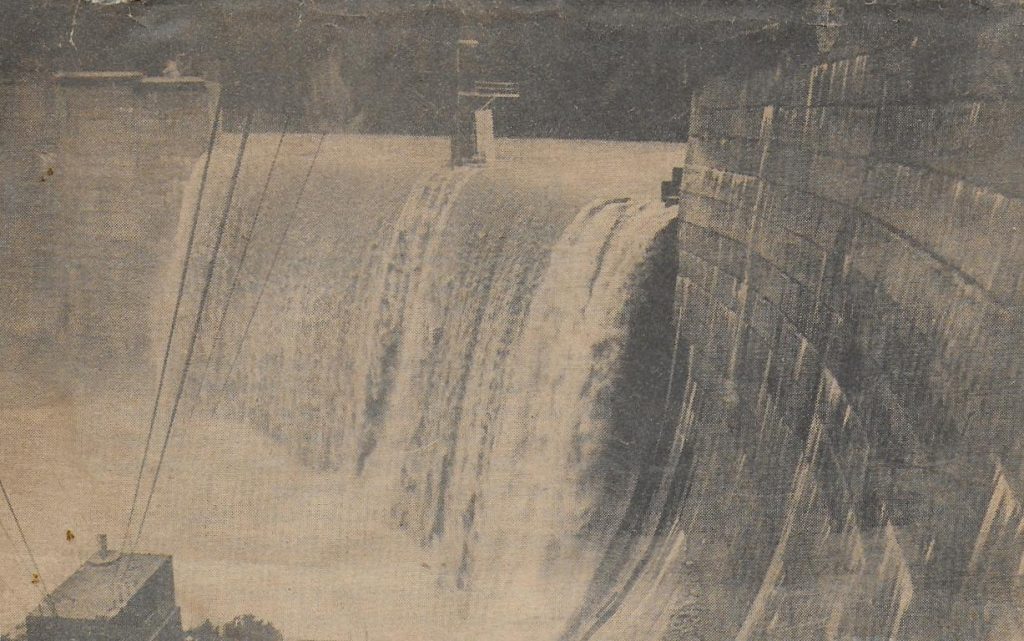
A BARGE carrying a backhoe was swept over Matilija dam, the barge eventually wedging against a gate at the Los Robles diversion dam causing a build-up of tree limbs and debris. The diversion pond in front of the canal gates completely silted so that water roared unchecked down the river. Crews were taken out Thursday night at the diversion canal because of hazardous conditions.
The Red Cross set up evacuation headquarters at Nordhoff High School to assist persons forced from their houses. At least 20 homes were abandoned in the Riverside and Santa Ana Boulevard area in Oak View after firemen and sheriff’s deputies issued warnings. Trailers in the Arroyo Trailer Park at Casitas Springs — hard hit in 1969 — were pulled away from the river bed, as floodwaters eroded embankments.
Innumerable trees toppled and power lines failed. The Edison Company said that 30,000 customers were out of service in the county Thursday night. Service still had not been restored to 5,000 by Friday noon. Officials said that power outages were greatest in the Ojai Valley because of falling trees.
AT SOULE GOLF Course floodwaters threatened the No. 5 green and took out part of the No. 10 fairway. Crossings teetered dangerously, and numerous small trees crashed. A big oak by the No. 5 green fell, as did several behind the No. 9 tee. On Friday the course was still too wet for crews to thoroughly assess damage.
Schools closed Friday because of flooded grounds and hazardous road conditions. They will remain closed Monday because of the Lincoln birthday holiday.
GRAND AVENUE bridge linking the East End to the city was isolated when San Antonio Creek washed out one approach. Roads throughout the valley were closed at intervals as streams and barrancas rampaged over culverts and bridges.
Highway 150 was closed from Lake Casitas to the county line, and from Gorham Road to Santa Paula at the height of the storm. In Upper Ojai water poured over the Ferndale bridge, which was seriously threatened. Mudslides closed Highway 33 at Wheeler Gorge.
Dead of an apparent heart attack from sandbagging his home is Wesley Frazee of 386 Avenue de la Vereda. Frazee died while trying to protect his property from floodwaters pouring off Ojai Avenue, according to reports.
Ojai’s police department was bombarded incessantly with calls reporting power outages, falling trees, flooding conditions, wind, and lightning. Public Works Director Barry Lockton said an estimated 70-100 trees and branches were reported down throughout the city. Extensive debris compounded drainage problems.
At least two Ojai homes were inundated, Lockton said. One was at the corner of Grand and Shady Lane and another in the Golden West tract. Friday roads were thick with slippery mud to make driving extremely hazardous.
ROBERT MCKINNEY, general manager of the Casitas Municipal Water District, issued a press release Friday afternoon to announce a break in the 42-inch water line that serves the entire Ojai Valley. The rupture occurred south of Casitas Springs, and the mainline was shut down Friday morning. Water in storage tanks, however, could serve valley needs for several days while a bypass line is constructed, McKinney said. Valleyites were asked to use water sparingly until full service is restored, however.
At the Grand Avenue bridge in the East End, another CMWD line was also endangered. Plans were underway to bypass it Friday with an additional line, McKinney said.
Only about 50 cubic feet of water was being diverted from the Ventura River through the Los Robles Diversion Canal Friday because of debris piled up against gates. Normally 500 cubic feet would be sent down the canal, McKinney said.
Sheriff’s deputies and firemen were called to the aid of a man in Matilija Canyon Friday night when his home was flooded. Mudslides blocked the canyon road, however, and it was not until Friday morning that the man could be flown out when eight were airlifted.
About 20 other residents elected to stay in their homes in Matilija canyon, although a major mudslide blocks access. How long it will take to remove that block was not known Friday.
The storm dumped 10.36 inches of rain in Ojai, (6.77 inches in a 24 hour period) for a total of 32.15 inches for the season. Some 13.25 inches were recorded at the Summit station for the storm total, bringing the season to date there to 31.42 inches. In Oak View, only 7.55 inches of water fell during the storm, for a season total of 28.81.

